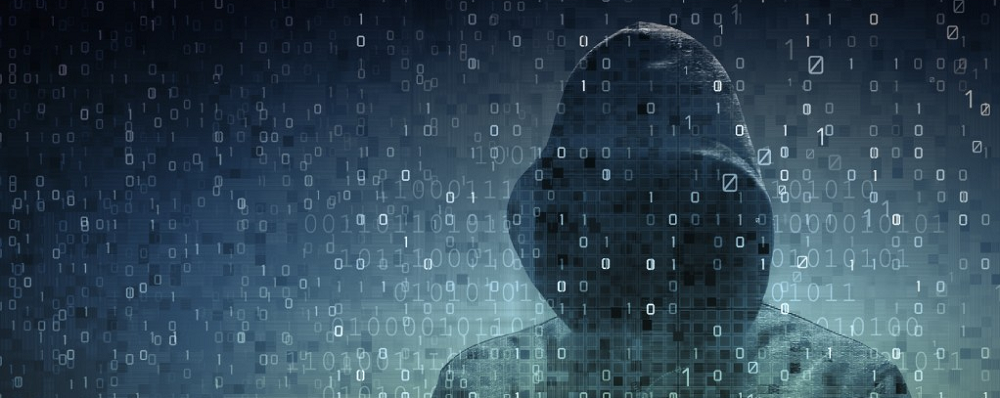What Is a Trojan Horse?
Last Updated on October 25, 2018 by Karen Quach
Today’s Trojan horses may not be physical constructions like their Greek namesake, but these malicious software codes do act like their predecessor: they sneak into your computer and unleash their forces, often with highly destructive effects.
Being the victim of a Trojan horse attack can be devastating — people have had financial information stolen and files held for ransom money, among other things — but you can take action and protect yourself and your computer. Read on to learn more about Trojan horses, what they can do, and, more importantly, what you can do to protect yourself.
What Is a Trojan Horse?
A Trojan horse isn’t actually a virus; it’s a different form of malicious software, or “malware.” Unlike viruses and worms, Trojan horses don’t self-replicate. The malware instead hides as a seemingly useful — or at least innocent — piece of programming, often downloaded from an email attachment or pop-up ad. Once inside your computer’s network, however, it makes your computer and other devices vulnerable to attacks, allowing cybercriminals to spy on you, steal sensitive information, and gain access to your system.
Because its end goal is to open your computer system to more harm, a digital horse often has multiple functions embedded in its programming. It can, for example, release password stealers, disable security software, slow down mail servers, or open a “backdoor” that allows the computer to be controlled by someone else, all at the same time.
Where Did Trojan Horses Come From?
One of the first recorded Trojans was Animal/Pervade, created by John Walker in 1975. Animal was actually a game designed to guess what animal the user was thinking of by asking a series of questions. The Pervade program would create a copy of itself and the Animal game in every directory to which the current computer user had access, which allowed the game to learn through experience.
The malware — which was actually not malicious — spread to multiple computers through users with overlapping permissions. The program was carefully designed to avoid damaging existing file and directory structures, and it wouldn’t copy itself if permissions were nonexistent or if damage could result.
Many other (much more malicious) Trojans have been created since that time, including Beast in 2002 and Zeus in 2007, both of which were used to steal sensitive information. Zeus is still in existence today, although it has mutated greatly since its first iteration. Another infamous Trojan is CryptoLocker. Discovered in 2013, this malware can encrypt files on an infected machine and hold them for ransom.
What Operating Systems Do Trojan Horses Attack?
Trojan horses don’t play favorites. They attack all operating systems, including Windows 10 and Mac OS X, and have started to appear on other hardware. Backoff malware, for example, aims to compromise point-of-sale (POS) systems in order to steal credit card data.
Trojan horses can infect any computer, including yours. However, you can take a number of preventive measures to safeguard your computer and other connected devices.
What Can I Do to Prevent a Trojan Horse Attack?
First, remember that Trojan horses don’t self-replicate, which means they won’t appear out of nowhere. They spread because someone has downloaded an email attachment or computer program or visited a compromised website. In that regard, they are like the Greek’s Trojan horse: you have to invite them in before they can do any damage.
Follow these tips to help keep Trojan horses outside the gates.
- Beware suspicious emails. If you don’t know the sender, don’t open the email attachment. In fact, don’t even open the email. Delete it without hesitation.
- Invest in comprehensive security. You should have a firewall turned on for both your computer and any wireless router. Install robust antivirus and anti-malware software, set it up to run automatic system scans, and keep it up to date. Out-of-date security software leaves computers vulnerable to many types of malware, including Trojans, viruses, spyware, and worms.
- Set permissions on your computer. Only a few users should have full administrative rights to a shared computer, and those rights should be used only to install or update software. For everyone else, restrict privileges so that they can’t modify applications, intentionally or unintentionally, while using the Internet or doing other work.
- Watch out for pop-ups. Some pop-ups are legitimate advertising, but others can contain malware. Play it safe by never clicking on them. You don’t know which ones are safe and which ones are compromised until it’s too late.
- Delete your cache. Malware often hides in temporary folders where your browser cache, passwords, and history are stored, so delete the cache regularly.
- Don’t download free items from unknown websites. Many seemingly innocuous downloads, including screen savers and pictures, can contain malware.
- Know the threats. Stay up to date on the latest threats so that you know what to look for.
Trojan horses may be more pervasive today, but you can keep them at bay with security best practices. Have questions about high-speed Internet service or home service Internet bundles? Call CenturyLink at 855-640-4510 today.








